- BYD (Bring Your Dreams) released a $10,000 EV that shocks the industry.
- China is offering Chinese buyers a 10% discount on the already low price.
- The Seagull uses sodium-ion battery technology.
- In the first 24 hours of the Seagull’s announcement, over 10,000 people preordered the vehicle.
- The BYD Seagull will only be available for sale in China.
The Chinese manufacturer BYD is setting a new price standard for electric vehicles with its all-new Seagull EV. The subcompact EV hatchback has a starting price of $10,800 and includes the company’s newest sodium-ion battery technology.
All About the BYD Seagull
The BYD Seagull was introduced in April 2023. It’s the smallest and most affordable model in the Ocean lineup with the Dolphin, Seal, and SO3. It has a range of up to 252 miles or 405 km. And, has a $10,800 starting price. It uses sodium-ion battery technology – reducing costs and adding efficiency in colder temperatures. It will compete with other subcompact models like the Tesla Model 2, Nio ET5, and Xpeng P5 despite the price range.
A Stylish and Compact EV with Unique Design Features
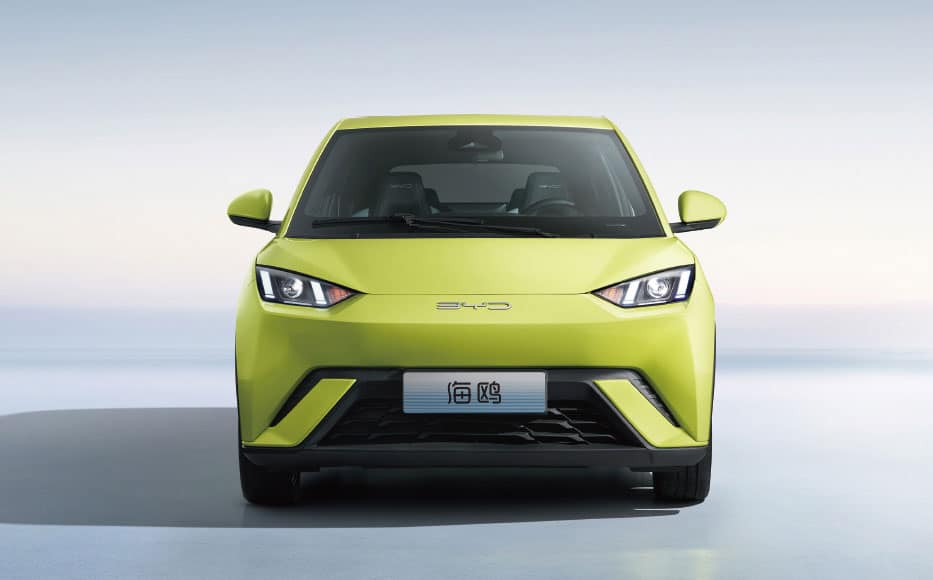
This EV is built atop BYD’s 3rd gen EV platform. It has a small body measuring 3780 mm long, 1715 mm wide, and 1540 mm tall, and a 2500 mm wheelbase. It has unique sharp lines, soft curves, unexpected creases, aggressive headlights, a sloping roofline, and a lightbar of rear lights. The small grille and huge BYD emblem give the Seagull a sleek minimalist look. It’s available in several colors including white, black, blue, red, and yellow.
Comfort, Technology, and Innovation
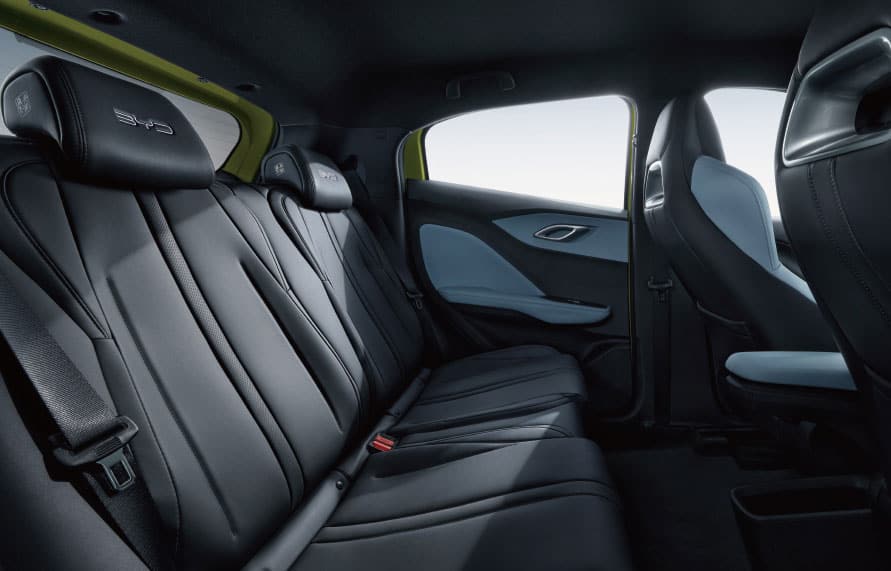
The interior features a flowing dashboard and seating for up to four passengers with surprising comfort and space. It has a 12.8-inch touchscreen that swivels and rotates. The infotainment system has navigation, connectivity, and voice activation. It has a 5.0-instrumentation cluster. The paddle shifters on the steering wheel allow for regenerative braking.
Impressive Powertrain and Battery Options
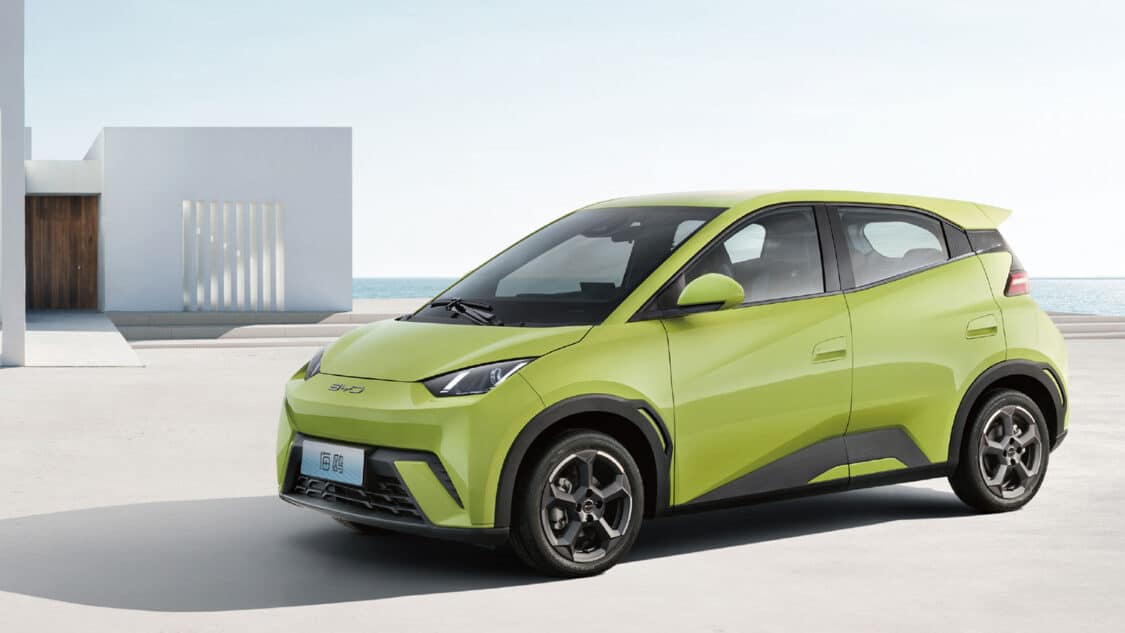
The powertrain includes a 55-kW or 75-kW electric motor. Both engines are on the front axle giving the Seagull front-wheel drive. The smaller motor goes from zero to 60 in 11 seconds, while the larger motor has a 0-60 time of 9 seconds. It has two battery options: a 30-kWh lithium-ion phosphate sodium-ion battery or a 38-kWh lithium-ion phosphate battery – both using BYD Blade battery technology. The 30-kWH battery is the first use of the Li-Na battery line with lower costs, better thermal stability, and better cold-weather performance. It has a range of 190 miles or 105 km. It can be charged from 30 to 80% in 30 minutes.
Enhancing Efficiency and Range in Hybrid EVs

Sodium-ion batteries are slower to charge and have lower energy density. BYD has been developing this tech since 2012 to reduce dependence on lithium. The sodium-ion batteries will be used with lithium-ion batteries in a hybrid combination that ups their efficiency and range.
China is offering a 10% discount to Chinese buyers who purchase the Seagull. They can enjoy the tax discount until the end of 2023. Over 10,000 preorders happened in the first 24 hours of its debut. The long range and low price make it a popular choice. The vehicle should arrive at dealerships later this year, but BYD does not expect to sell the Seagull outside of China.
BYD Seagull Gallery






Global EV Growth
EVs are seen as a key solution to reducing carbon emissions, as gas-powered vehicles account for about 25% of global greenhouse gasses today. In 2023, EVs will make up 18% of global car sales, compared to 4% in 2020. The International Energy Agency reports that 14 billion new EVs and PHEVs will be sold in 2023. The growth is driven by costs, consumer preference, and environmental awareness.
China is the hardest market for EVs, and it’s also the largest market – accounting for two-thirds of EV sales in 2022. The country has a subsidy program and regulations that set minimum sales of EVs. China also has many companies racing to produce the cheapest EVs.
What is BYD?
BYD produces EVs, solar batteries, and batteries. A chemist founded the company in 1995 as a rechargeable battery manufacturer to compete with Japanese companies. It acquired an automobile company in 2003. BYD has expanded its market presence as one of the leading EV manufacturers in the world.
As of 2021, the company’s largest shareholder is Wang Chuan Fu – the founder, while the second largest is Liu Sheng Yang – a co-founder and relative of Wang. Warren Buffett’s company owns over 7% of BYD.
In 2022, the company sold 911,141 battery-electric vehicles, which is 184% more than it sold in 2021. Only Tesla sold more BEVs during the same period. However, BYD sold more PHEVs than any other automaker on the planet.
BYD is so popular because the automaker has a variety of products, innovations, and costs. It’s also expanding globally. It sells electric sedans, SUVs, and compact cars including the Song Plus, the Han, the Yuan, the Dolphin, and the Seal. It also develops its own batteries, motors, and electronics giving it an edge in safety, performance, and efficiency. The cars are affordable and attractive thanks to subsidies from China. It’s selling vehicles in Latin America, Europe, and Africa where the company is also selling EV buses and trucks.
China has been reducing EV subsidies after years of supporting EV infrastructure since 2016. The company began offering subsidies in 2009 but now wants companies to compete for business with their own finances and innovation.

SOURCE | IMAGES: BYD
FTC: We use income-earning auto affiliate links. Learn more.


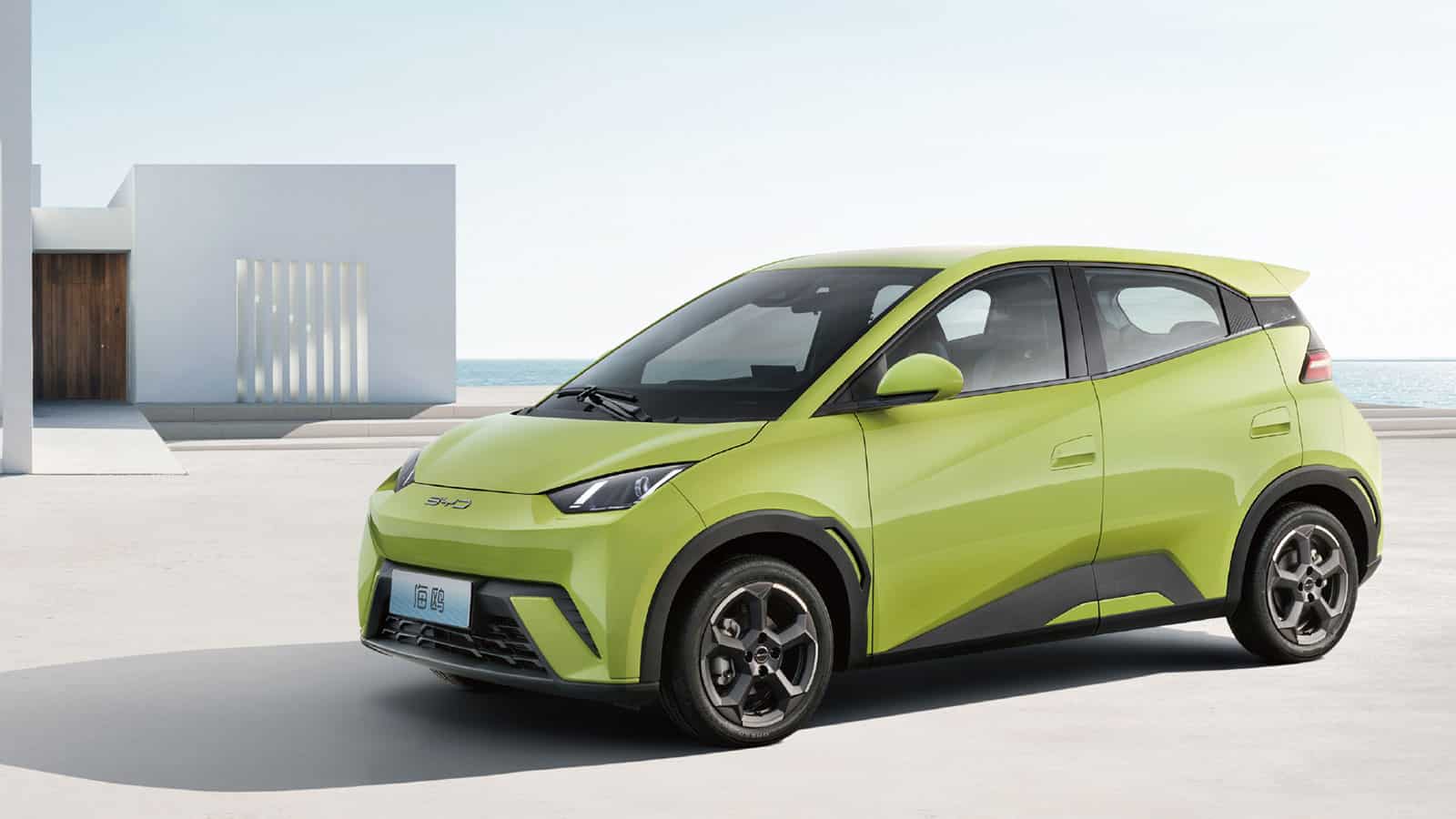
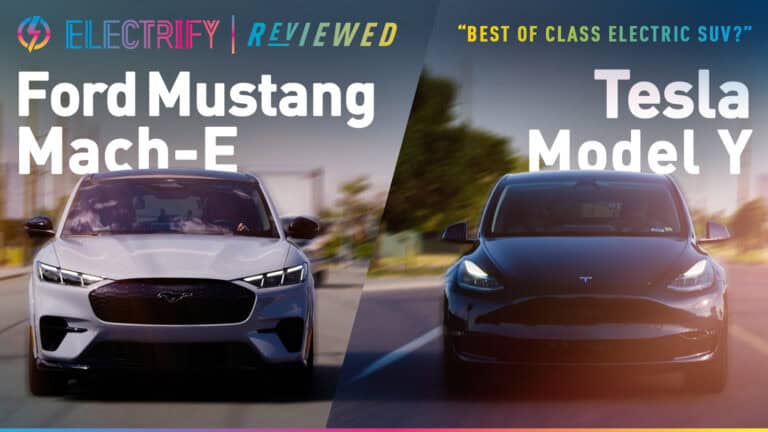
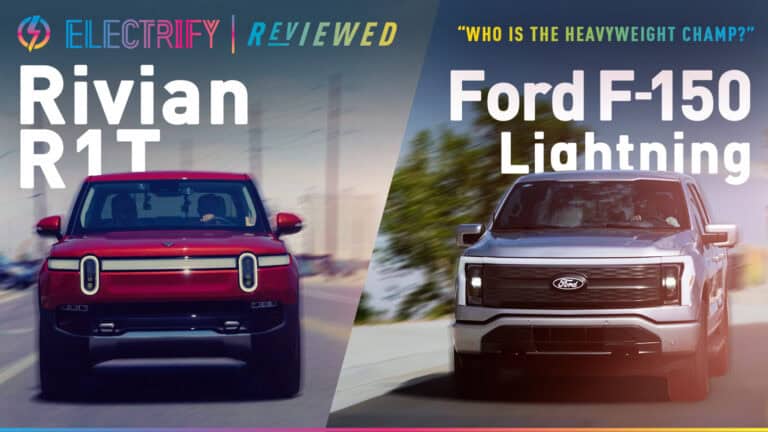
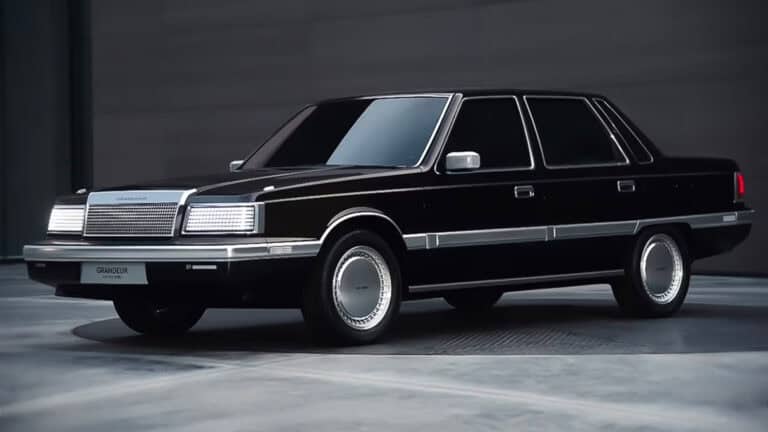
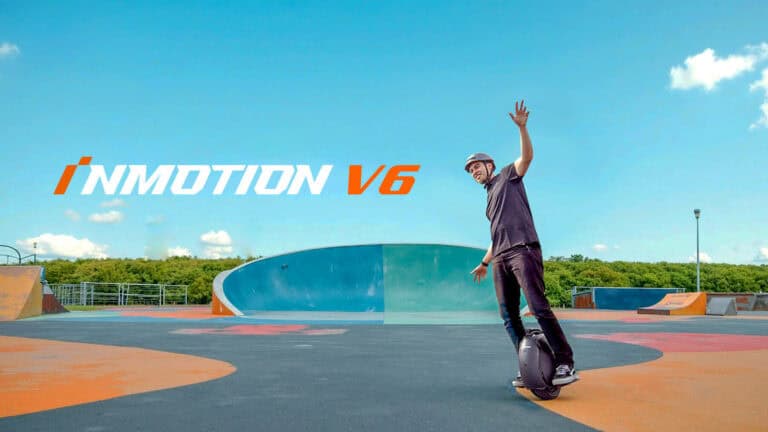
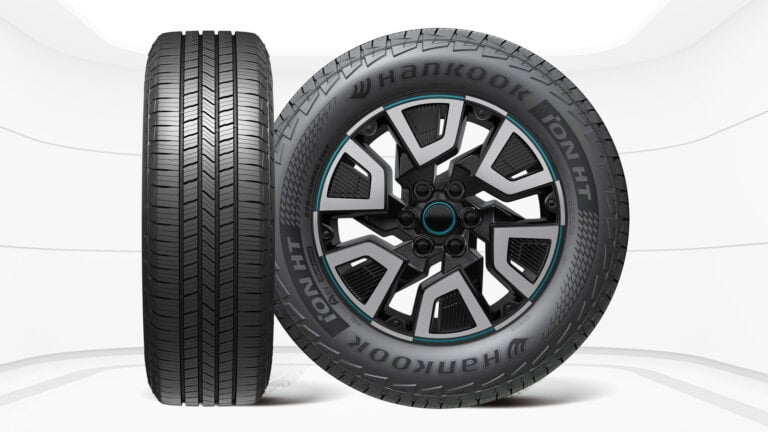

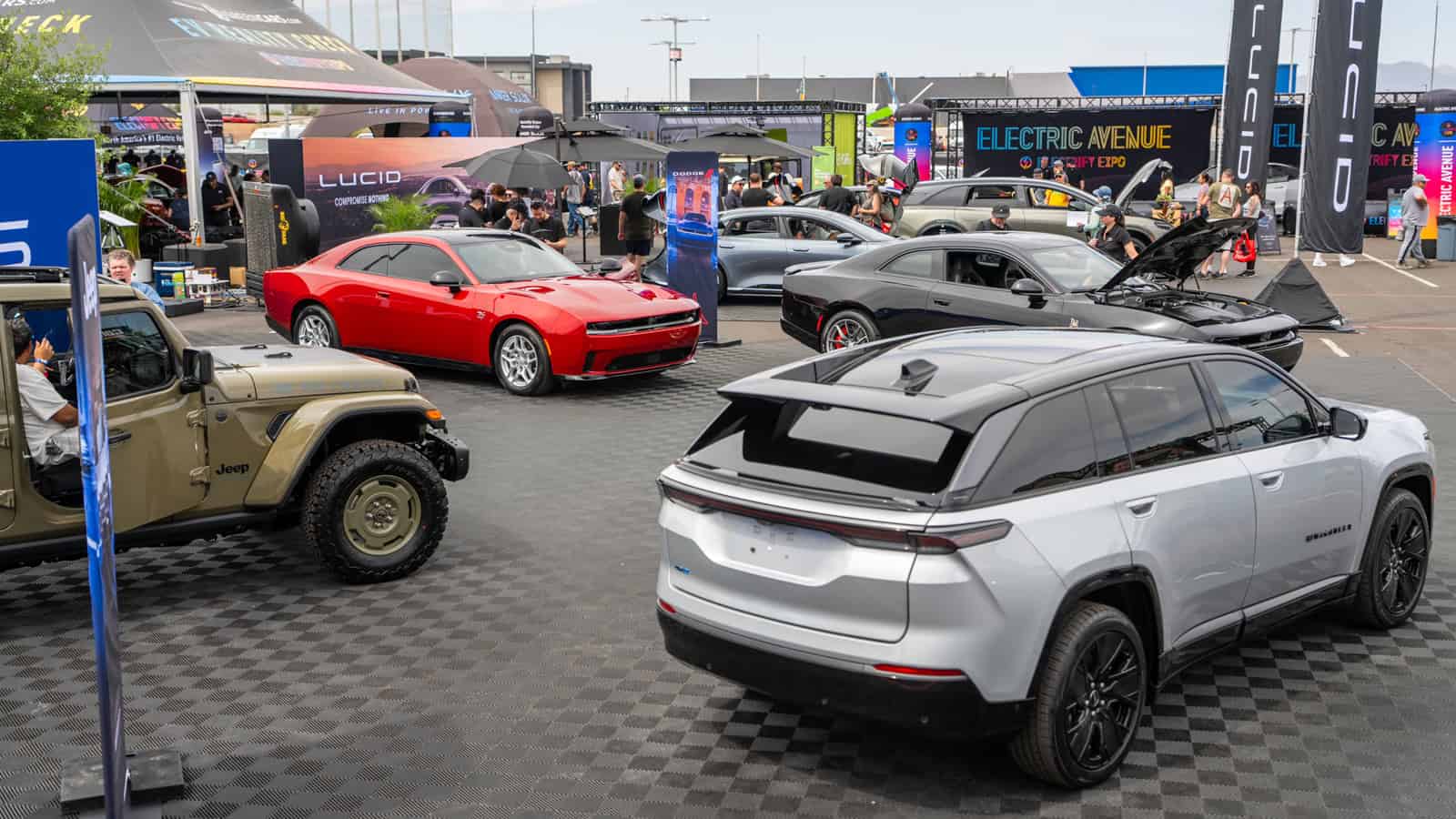
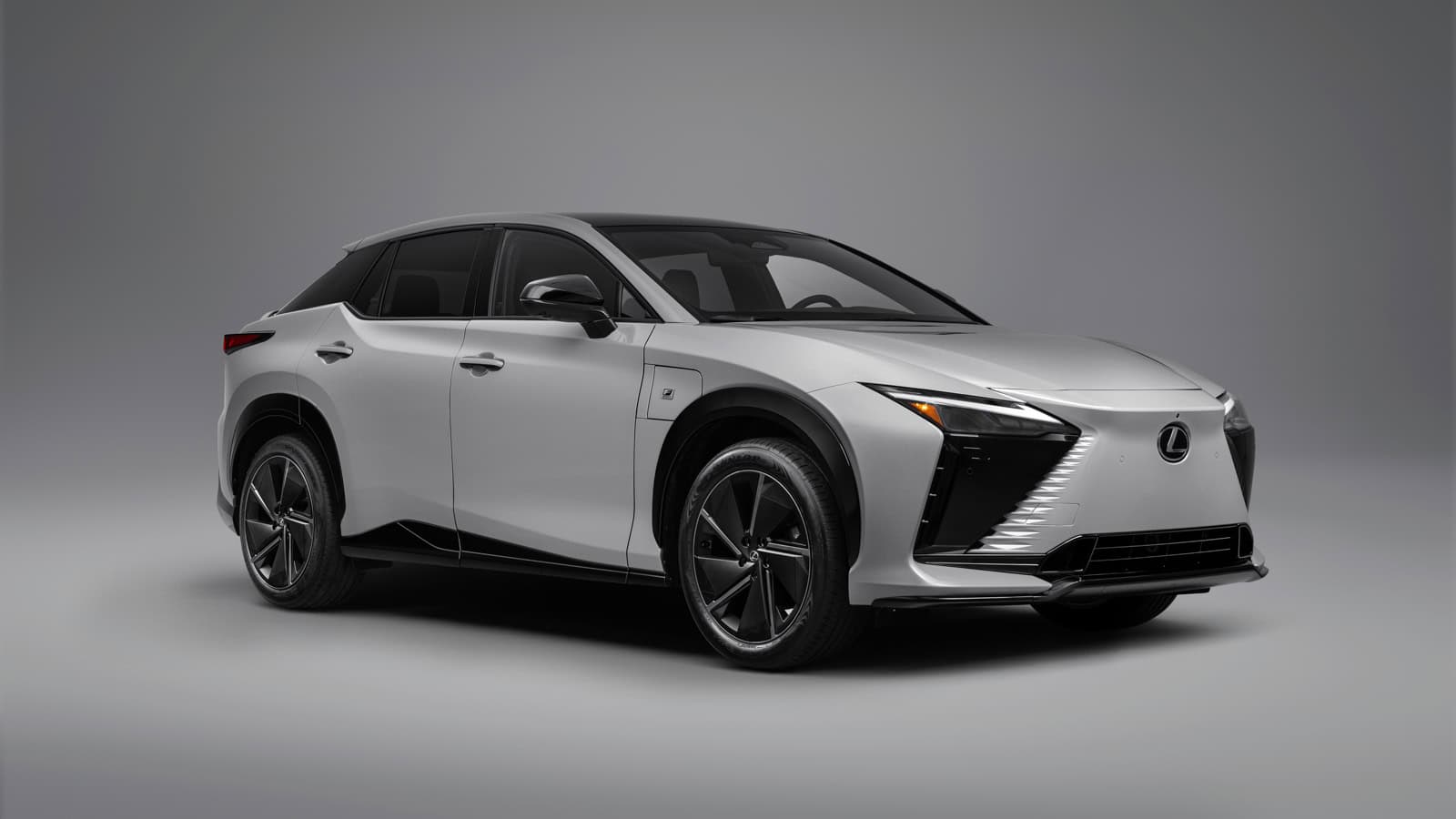
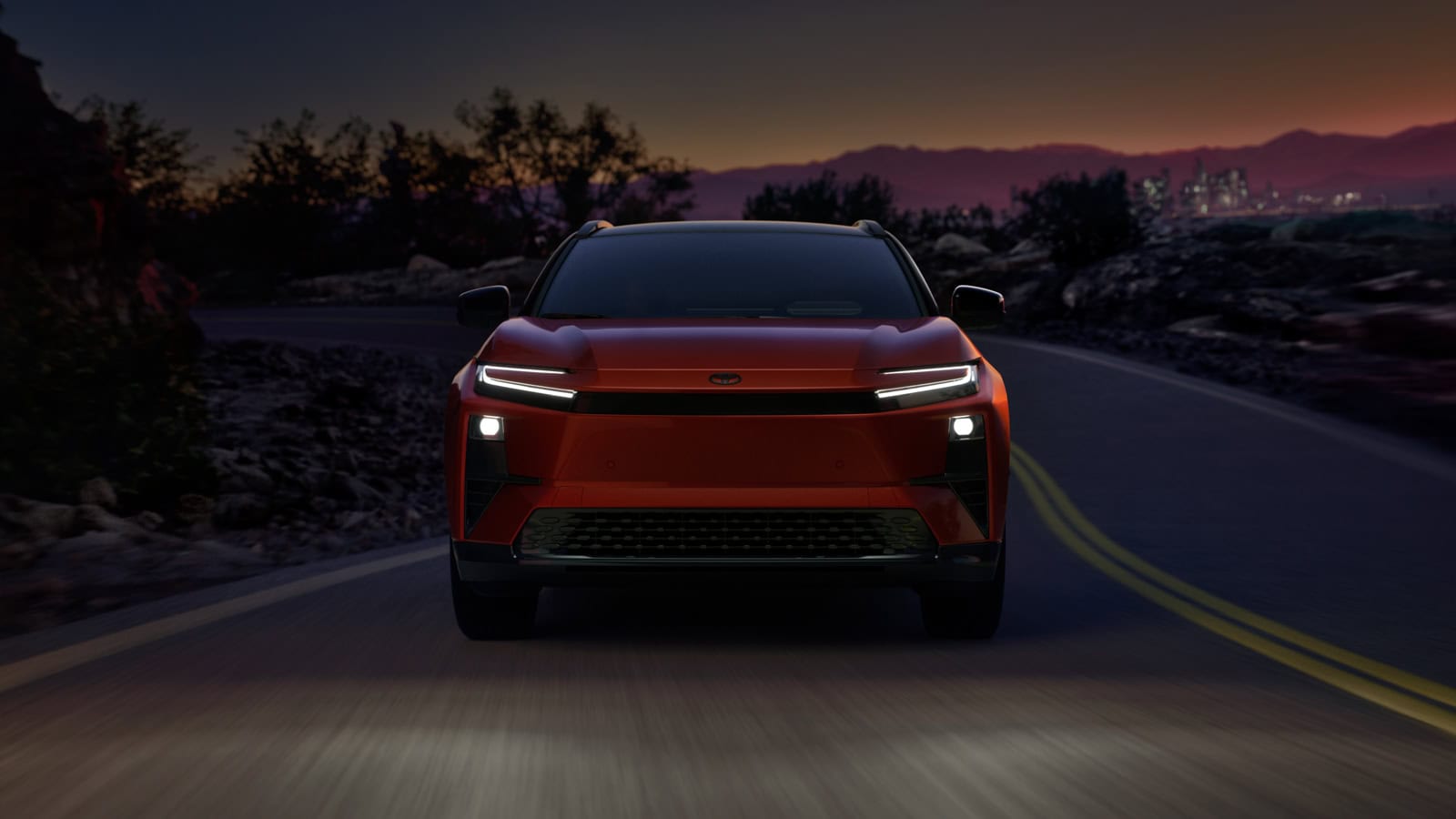
20 Responses
As a retiree on SS this would almost eliminate my need for fossil fuel saving me lots of money.
What do you think is the power source is that generates the electricity for EV recharging? Yep, you guessed it…mostly fossil fuel. And the balance from other sources such as wind, hydro-electric and others does not offset the cost of replacing the batteries when they are end-of-life. Intake my word for it….
Who cares. I buy EVs to save on fuel costs. Less than 5 cents a mile vs 15 to 20 cents for gas = no brainer.
Solar panels on our roof will power the future electric car. Via a 240 volt outlet. We currently EXPORT 5500 kw back to the grid. We are waiting for a EV that has a range of 350-400 miles. It’ll happen. In not too distant future.
My power source is my solar panels I installed myself in my back yard 5 years ago. With a $3,000 tax break the solar panels cost @ $12,000. Now I charge my house and my car with these. I installed a level 2 charger (overnight) and wake up to 300 miles. You can do it – It’s easy!
Good for you! I do this too! Hope more people start to use the power of the sun. My array paid for itself in 7 years. I now have many years to go with free electric that powers my home and EV car.
your totall out of pocket investment including your car, installation of the solar panels, please? im betting no one in my income class could afford it. the EV remains a rich man’s toy
So, should we not do this because fossil fuel is still used and use even more fossil fuel that is not a logical argument.
So, should we not do this because fossil fuel is still used and use even more fossil fuel that is not a logical argument.
So, we should keep using vehicles that would use even more fossil fuel because the power grid uses fossil fuels. That argument is not logical.
Also, as some are saying here these can be very efficiently charged using solar panels.
You my friend are the reason the US falls back. This is the only way to go. We need to stop the oil business. Not make the bigger. If you want to keep using fuel and gas good for you. And probably Trump. Just take time to see the truth.
Electric vehicles are simply excellent and superior in many ways to their petrol competitors and here to stay for sure BUT globally they will NEVER be able to REPLACE Fossil fuel propelled machinery, including cars and trucks, period. To think otherwise is simply ignorant.
Yes much of the electricity is made using fossil fuel. However it is much cleaner emissions and much more efficient than that fuel burned in your auto. We are rapidly expanding our renewable energy manufacturing. If you drive though west Texas, the Oklahoma panhandle you will see miles and miles of wind generators on otherwise useless land. In the Mojave desert solar power has been used since the late 1980’s here in Kentucky we have hydraulic generators churning out electricity night and day since the 1950’s. We need more nuclear power plants as well.
China know US and EU will impose tariffs so they are going to corner the EV market in developing countries (Africa, South America, etc) which have no EV industries or tariffs.
US$10500 how can you go wrong? A trip to the golf course is 5K and this EV is perfect for that.
I think its a sad state of affairs that China imports usa cars , but usa threatened by a quality made ev that almost every car buying consumer could afford. Why is usa so unrealistically competitive with China? Simple they don’t go to fight wars they don’t belong in, thus applying peace time ingenuity versus war stressed usa, not taking care of its own county first like China does .